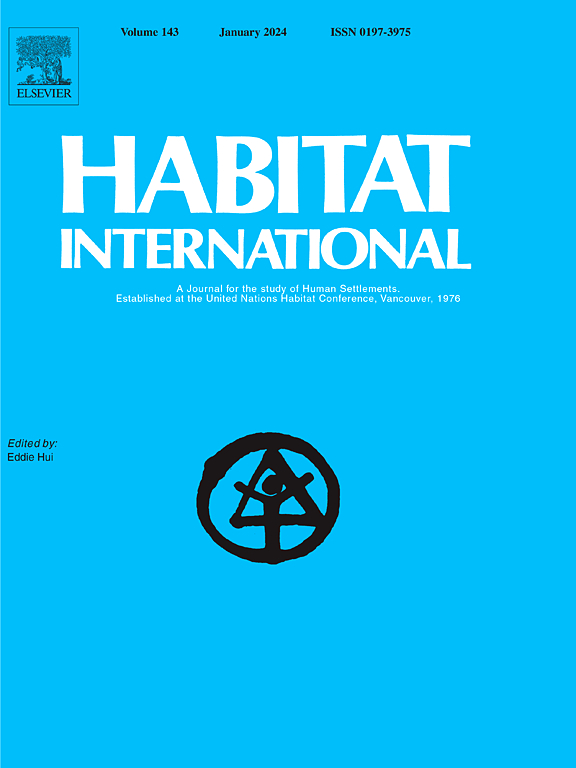Understanding the spatial distribution patterns and dominant determinants of farmland abandonment in China
IF 6.5
1区 经济学
Q1 DEVELOPMENT STUDIES
引用次数: 0
Abstract
Amidst escalating food demand, farmland abandonment poses a new challenge to food security. However, an insufficient understanding of the pattern and its dominant determinants are major obstacles to effective policymaking. To address the gap, this study established a theoretical framework for analyzing farmland abandonment, and employing a quantile regression model for empirical analysis. Data were drawn from two national land surveys to reveal the spatial distribution pattern and dominant determinants of farmland abandonment. The findings indicated that farmland abandonment ratio in China from 2009 to 2019 was 4.07% (5.19 Mha), with higher values observed in dry farmlands, sloping farmlands, and farmlands with high slopes. Spatially, farmland abandonment was more prevalent in hilly and mountainous areas as well as in non-major grain-producing areas at regional level. Additionally, farmland abandonment primarily occurs in the northwestern and southeastern coastal areas at the county level. In the northwestern agro-pastoral transition zones and southeastern mountainous and hilly regions, there are significant banded and banded-aggregation distribution patterns. Moreover, cultivation conditions and socioeconomic factors significantly affect farmland abandonment. As farmland abandonment increased, the influence of the former increased gradually. Conversely, in areas with severe farmland abandonment, the influence of the latter was weakened further. To strengthen management of farmland abandonment, the relevant policy initiatives should focus on advancing smart agriculture, enhancing farmland infrastructure, innovating machinery and equipment, expanding the agricultural industry chain, and refining the land lease market to reduce cultivation costs and enhance farmland output.
求助全文
约1分钟内获得全文
求助全文
来源期刊

Habitat International
Multiple-
CiteScore
10.50
自引率
10.30%
发文量
151
审稿时长
38 days
期刊介绍:
Habitat International is dedicated to the study of urban and rural human settlements: their planning, design, production and management. Its main focus is on urbanisation in its broadest sense in the developing world. However, increasingly the interrelationships and linkages between cities and towns in the developing and developed worlds are becoming apparent and solutions to the problems that result are urgently required. The economic, social, technological and political systems of the world are intertwined and changes in one region almost always affect other regions.
 求助内容:
求助内容: 应助结果提醒方式:
应助结果提醒方式:


